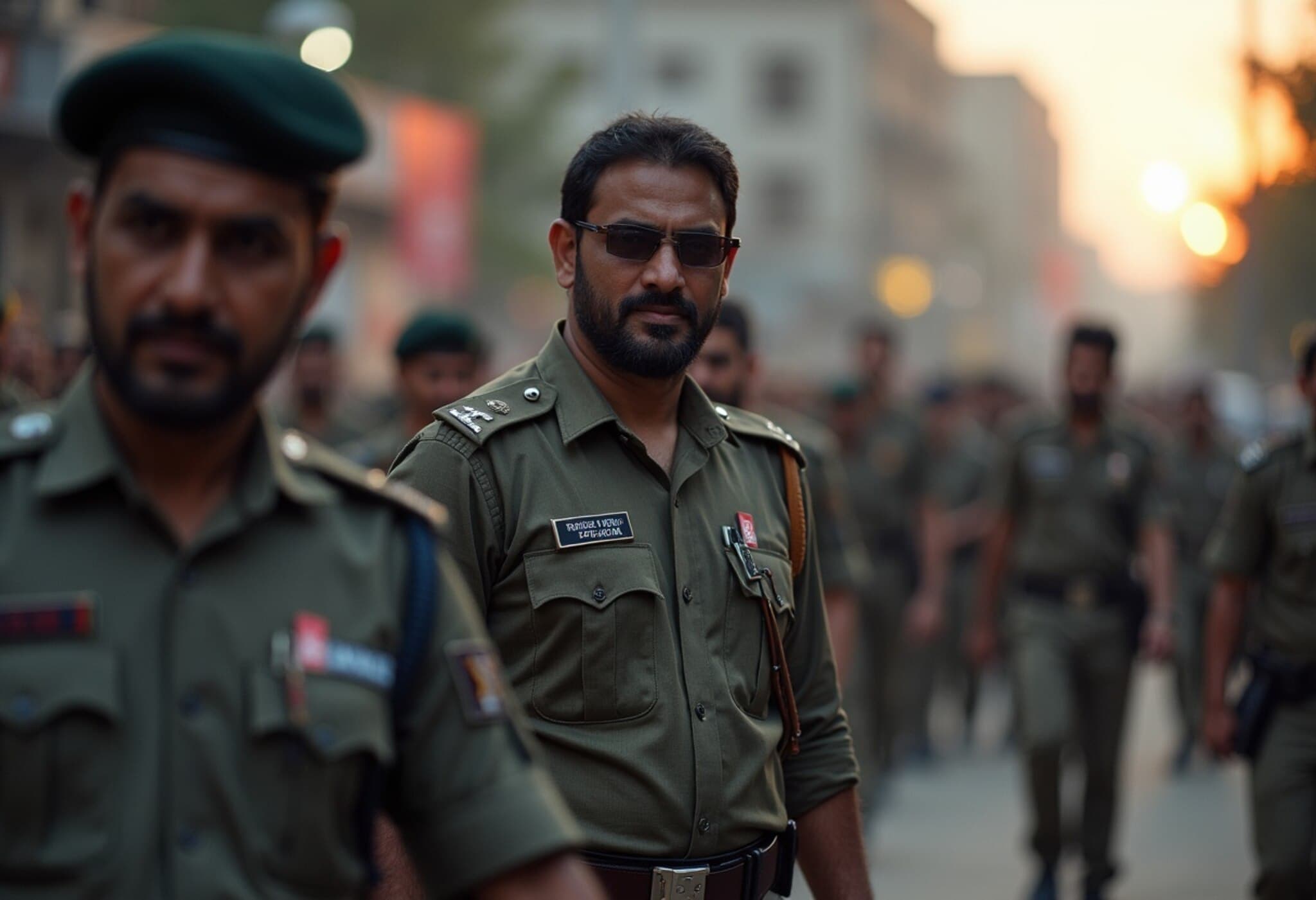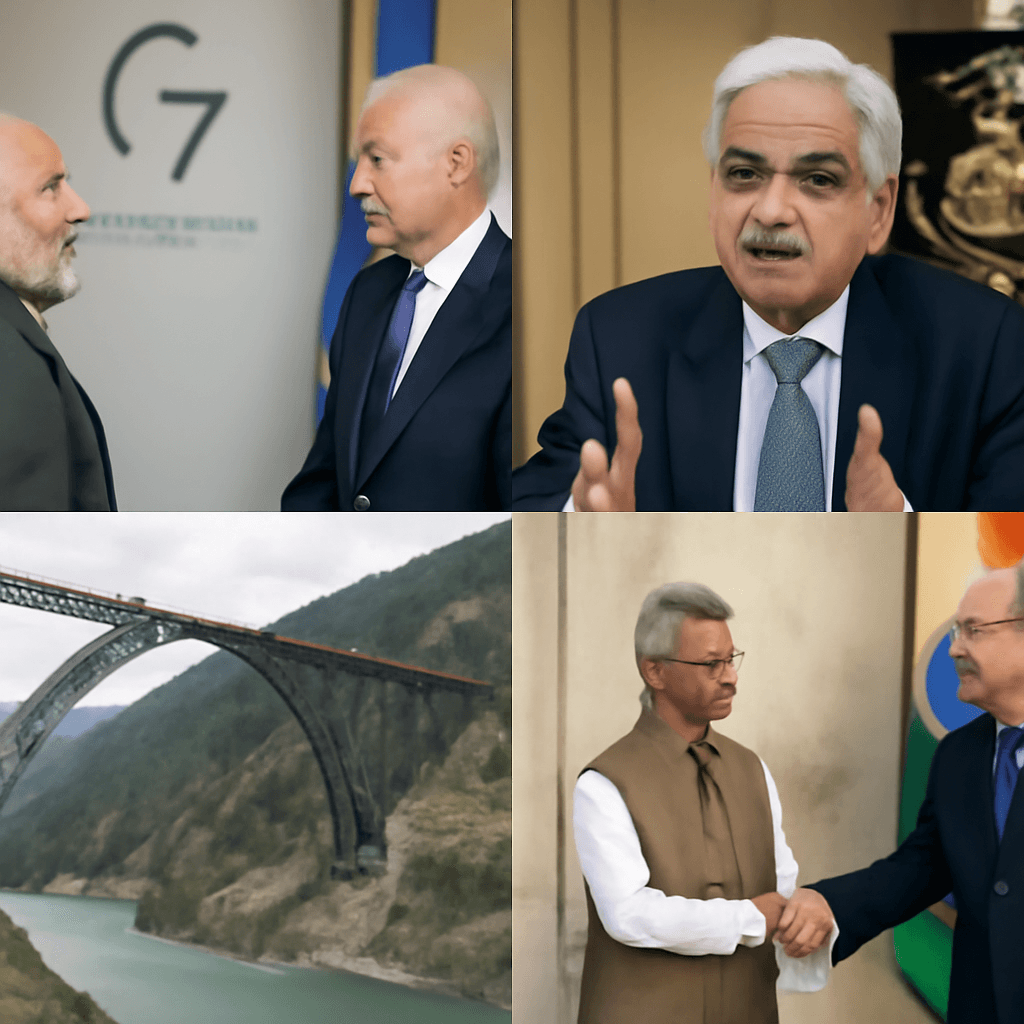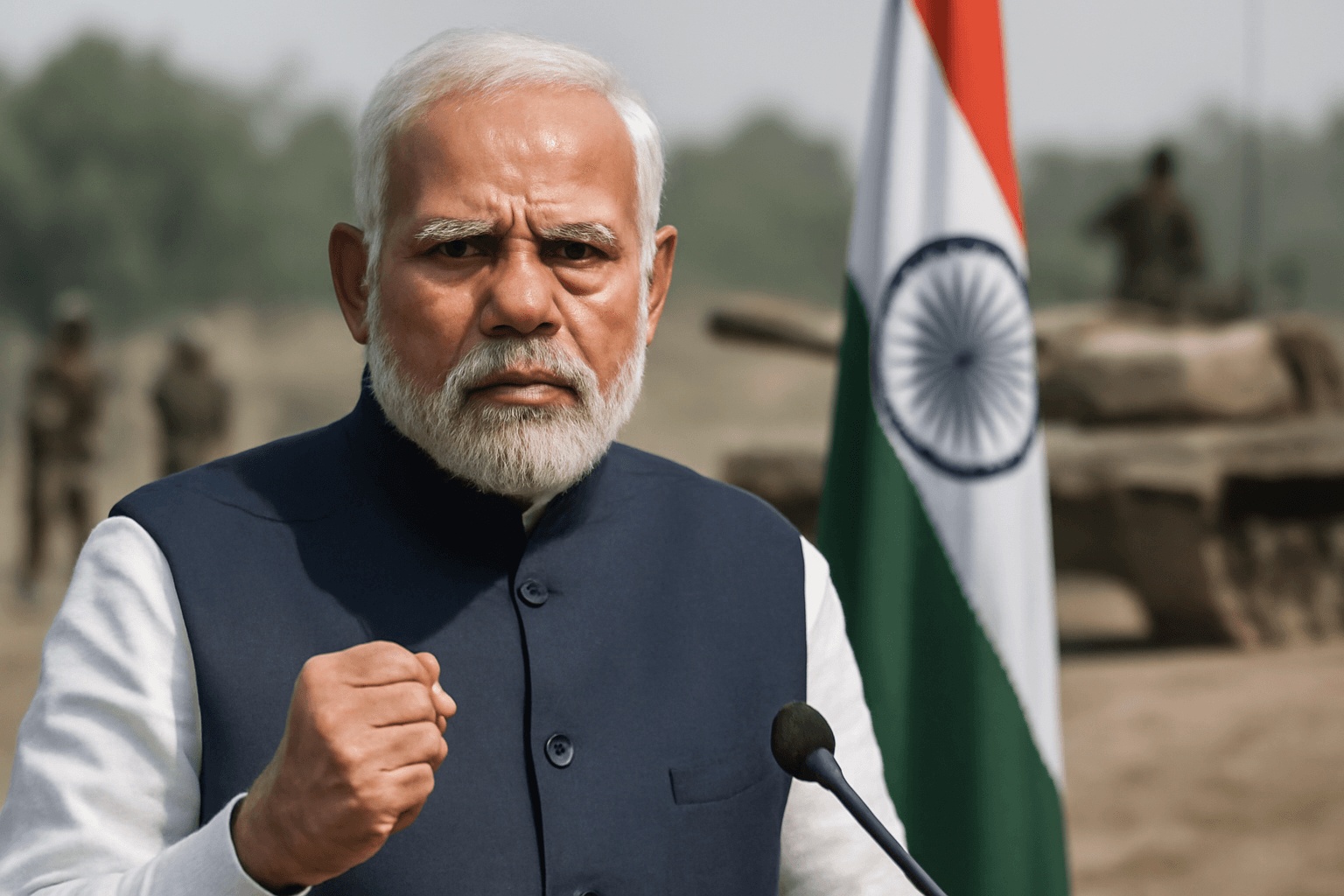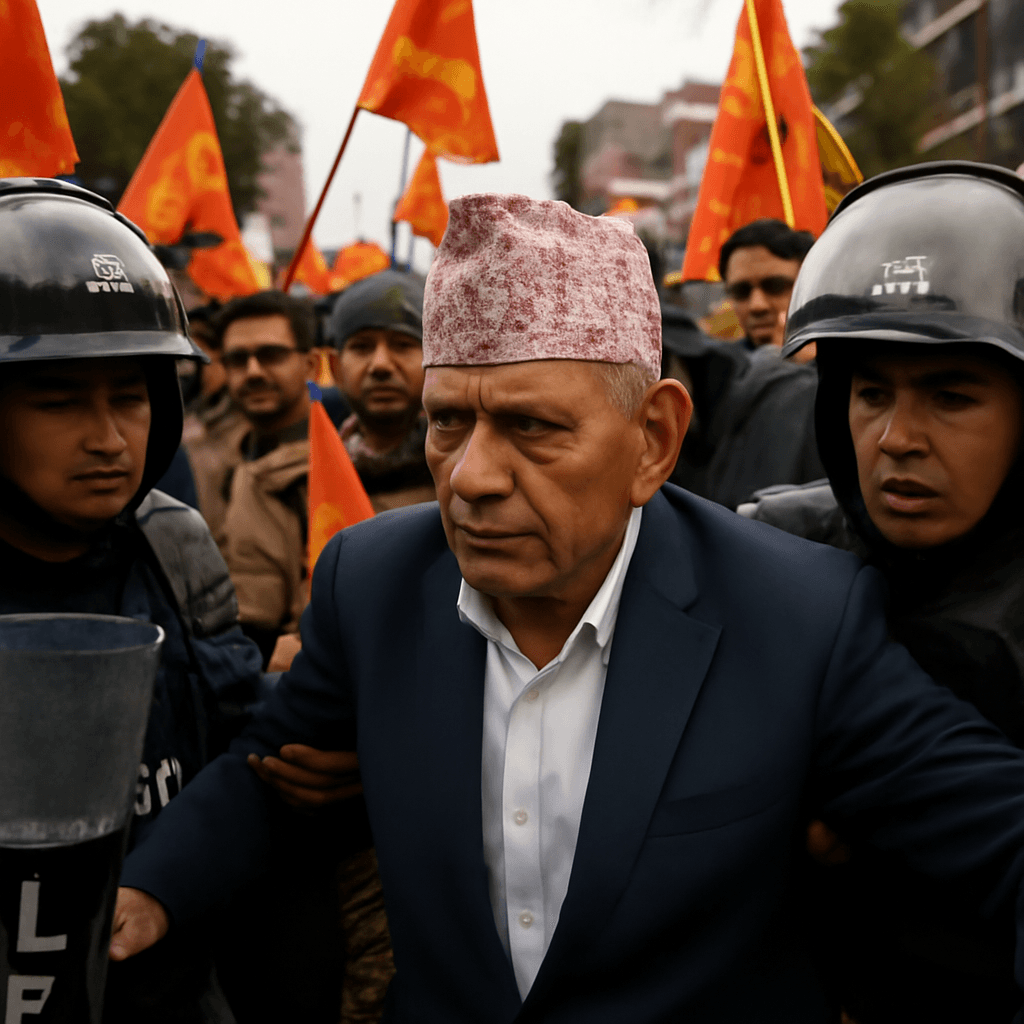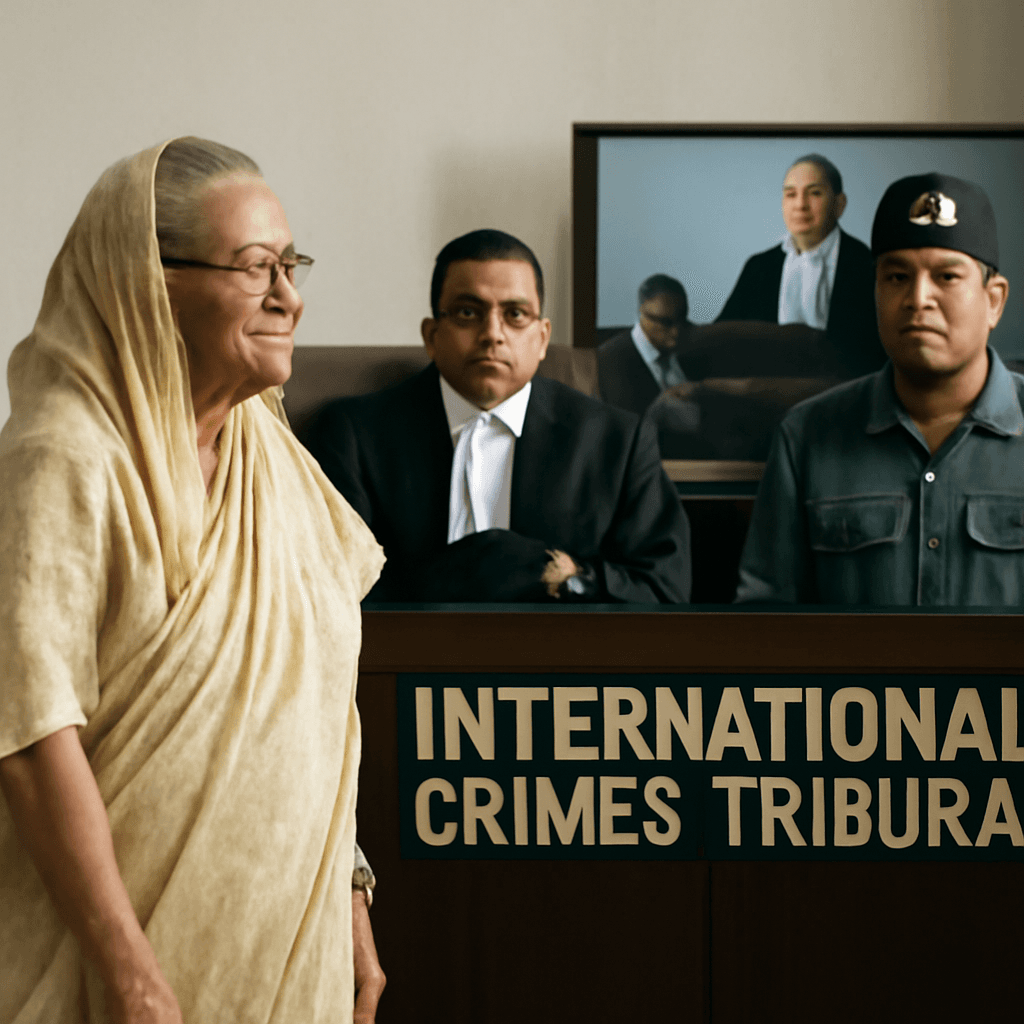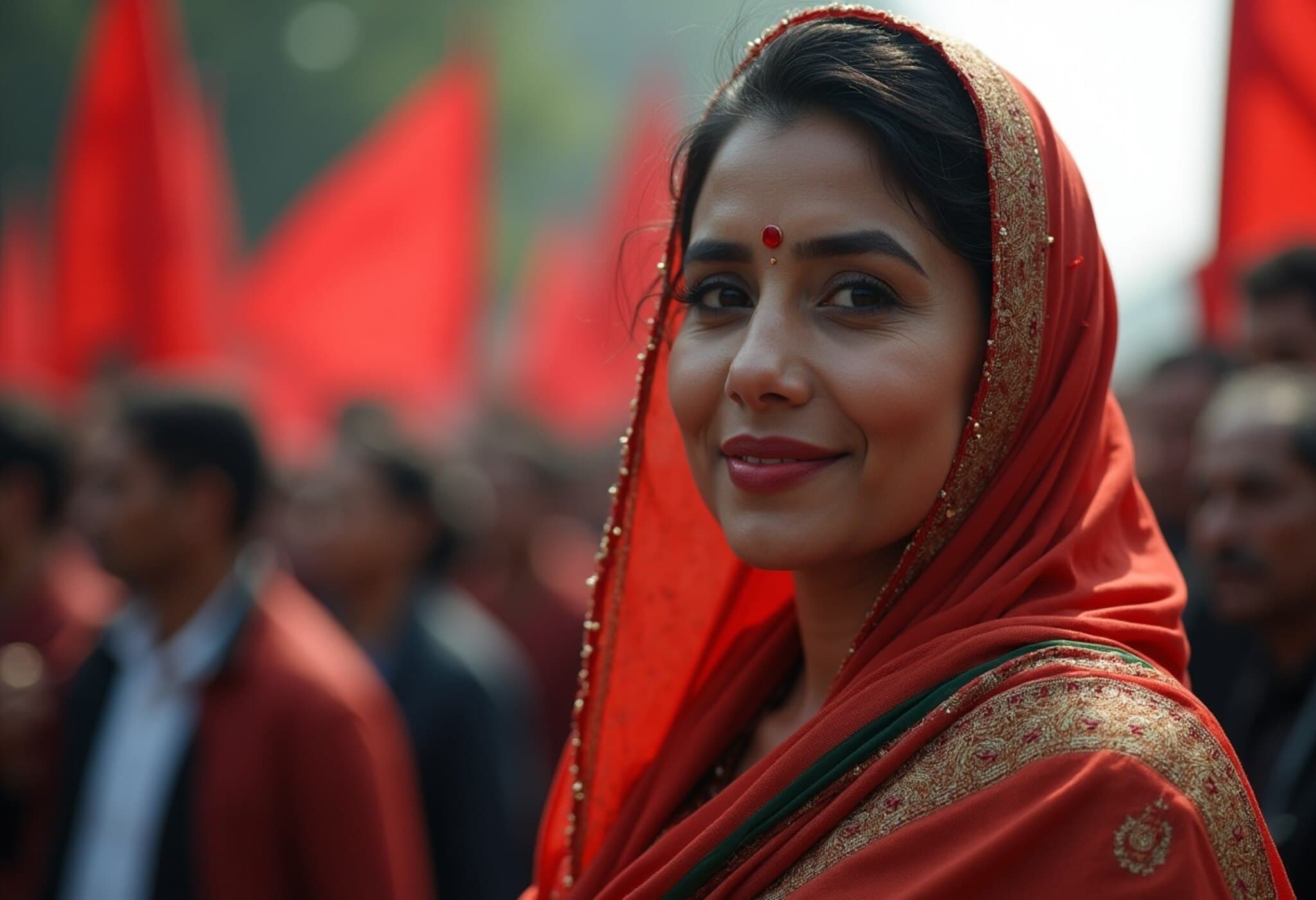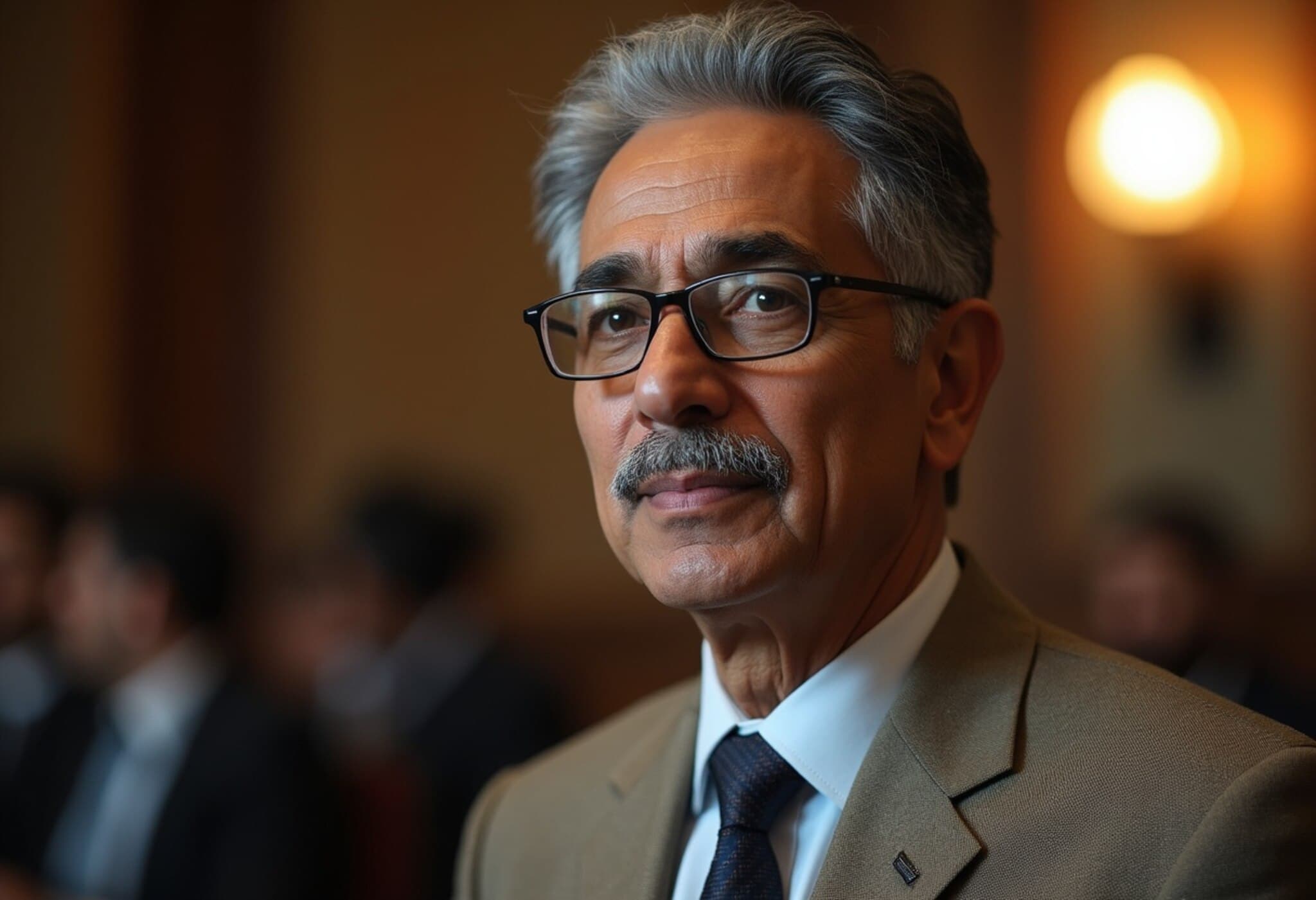Lahore High Court Demands Review of Police Shootouts Amid Rising Complaints
In a striking development that spotlights growing concerns over police accountability in Pakistan, the Lahore High Court (LHC) has directed Punjab’s Inspector General of Police (IGP), Dr. Usman Anwar, to conduct a comprehensive evaluation of alleged fake encounters carried out by the Crime Control Department (CCD). This move comes against a backdrop of mounting public outcry, with the court receiving nearly 50 petitions daily accusing law enforcement of extrajudicial killings disguised as legitimate police actions.
The Catalyst: A Petition over a Controversial Encounter
The court’s intensified scrutiny was triggered by a petition filed by Farhat Bibi challenging the killing of her son, Ghazanfar Aslam, during what police described as an armed encounter on April 22. The petitioner’s lawyer alleged that Ghazanfar and his brother Ansar Aslam were detained by Sharqpur police before the former’s death and raised fears for the younger brother’s safety. The claim points to a worrying pattern of alleged staged shootouts following the CCD's establishment.
IGP's Explanation and Judicial Skepticism
Responding to the court, Dr. Usman Anwar presented a detailed account stating that during a recovery operation, a police vehicle suffered a punctured tire, prompting an attack by the suspect’s accomplices. According to the IGP, the suspect was tragically killed by gunfire that came from his own group. While LHC Chief Justice Aalia Neelum found this explanation "thorough and satisfactory," she was quick to pose critical questions highlighting a troubling inconsistency: “Whenever there is firing on a police vehicle, how does the bullet directly hit a suspect? Why does it never hit a constable or the vehicle itself?”
Systemic Concerns and Calls for Reform
This questioning underscores the court’s broader unease—a wave of encounters appears to follow a suspiciously similar template, raising alarms about potential systemic abuses and violations of fundamental rights. The court’s insistence on a thorough review by the IGP reflects an urgency to restore public trust in law enforcement and uphold the rule of law. Chief Justice Neelum directed Dr. Anwar to convene with senior police officials to establish protocols preventing deceptive or staged police actions in the future.
Why the Issue Matters: Legal and Human Rights Perspectives
Fake encounters represent a grave threat to justice and human rights, undermining the integrity of the criminal justice system and the sanctity of due process. In Pakistan’s context, where police reform has been a contentious and slow-moving agenda, these incidents stir distress both domestically and internationally. Experts emphasize that unchecked extrajudicial killings can fuel cycles of violence, erode civic trust, and compromise the country’s commitments to international human rights treaties.
Underreported Implications and the Road Ahead
- Public Pressure: The sheer volume of daily petitions reveals a widespread perception of injustice and fear amongst communities affected by police operations.
- Institutional Accountability: The LHC’s intervention sets a precedent for judicial oversight in policing—highlighting courts’ emerging role as guardians against state abuses.
- Policy Considerations: Pakistan’s government faces critical decisions regarding police training, deployment, and transparency to deter misuse of force.
- International Spotlight: As Pakistan grapples with internal security challenges, such cases also attract scrutiny from global human rights bodies concerned with extrajudicial practices.
Editor’s Note: A Tipping Point for Police Reform in Pakistan?
The Lahore High Court’s demand for a sweeping review of police encounters shines a light on a profoundly troubling issue that resonates beyond the courtroom. At its core, this is a human story about justice, loss, and the promise of accountability. Will this judicial intervention catalyze meaningful reforms or serve as a temporary spotlight fading into routine proceedings? For citizens, activists, and policymakers alike, the fundamental question remains: how can Pakistan balance effective law enforcement with unwavering respect for human rights?
As this story unfolds, continued scrutiny, transparent investigations, and public dialogue will be vital in shaping a police force that commands trust rather than fear.

